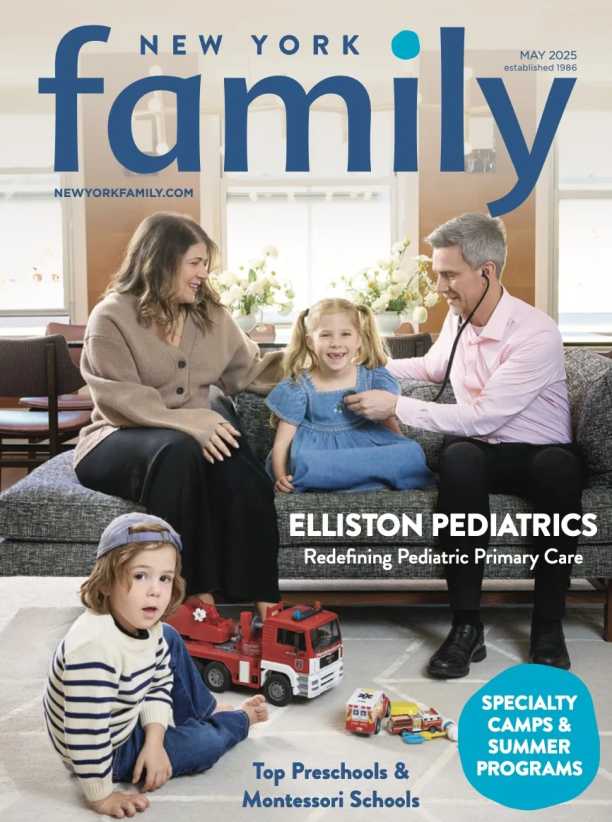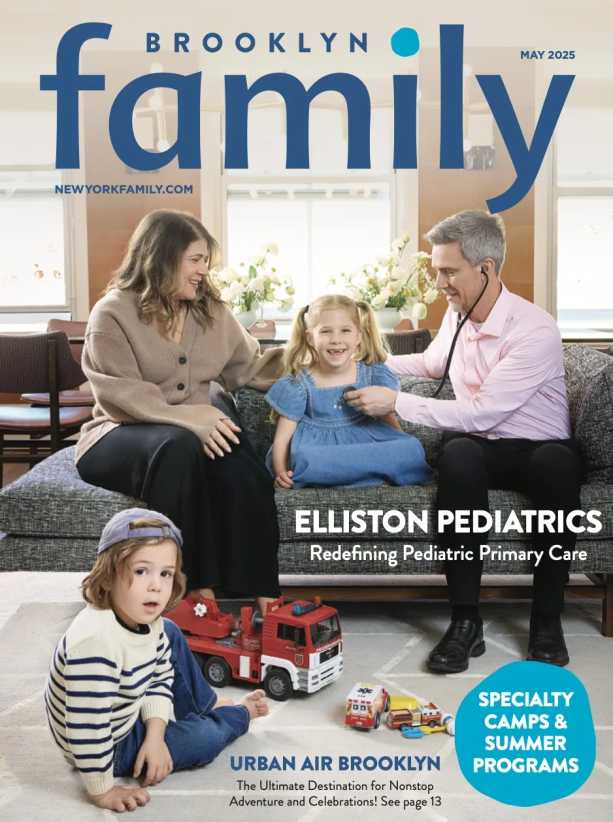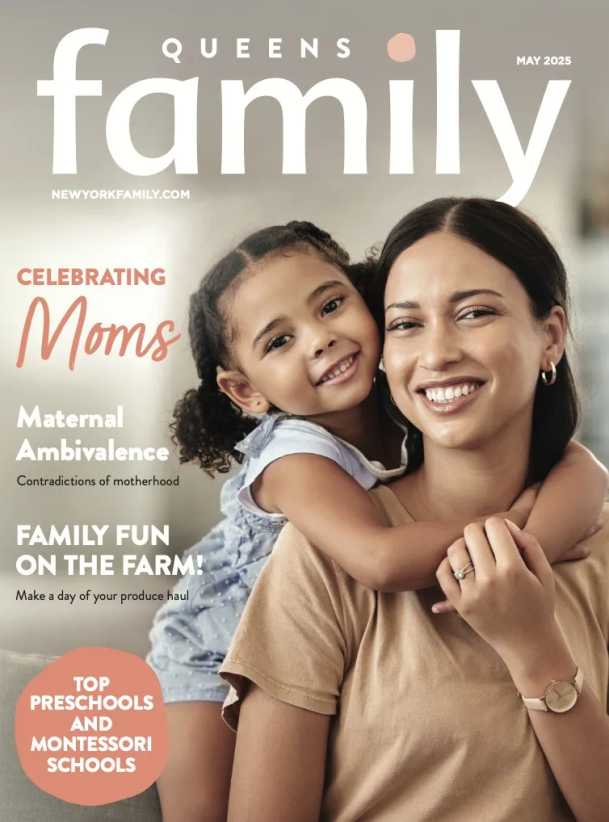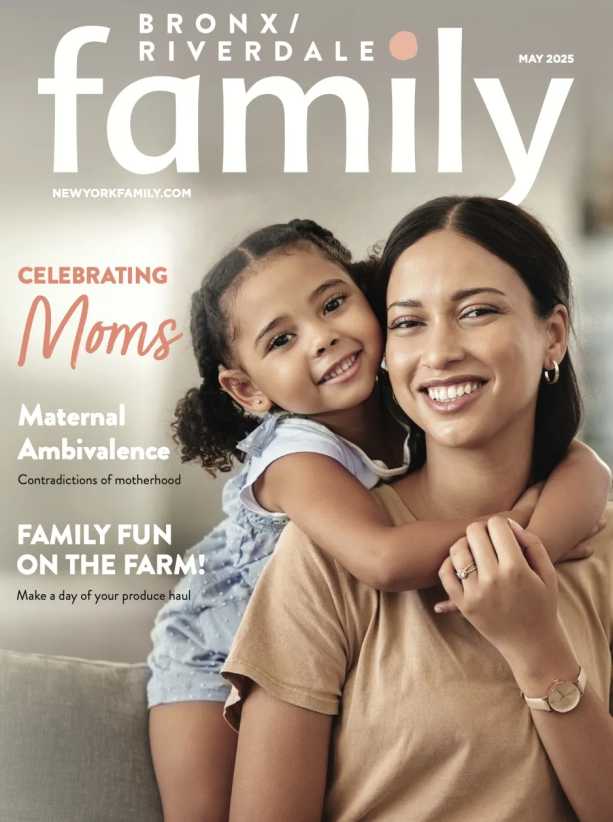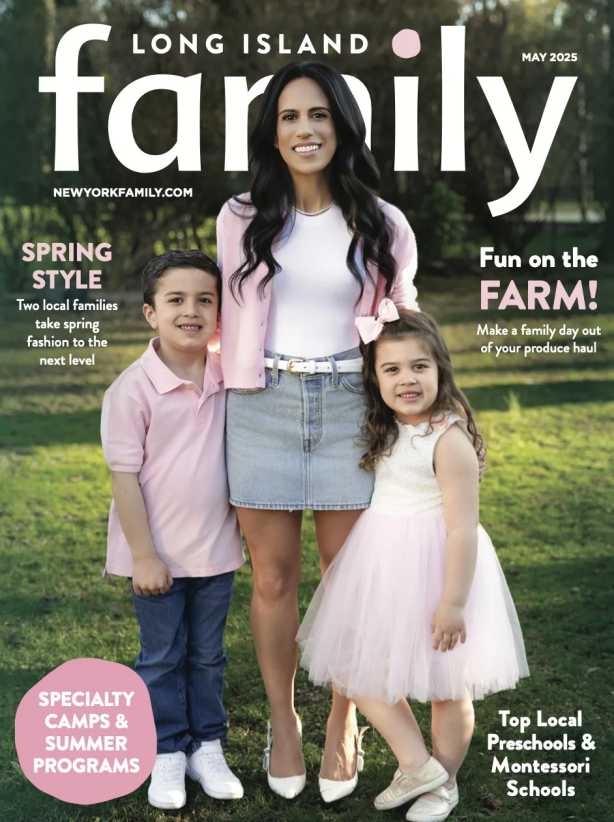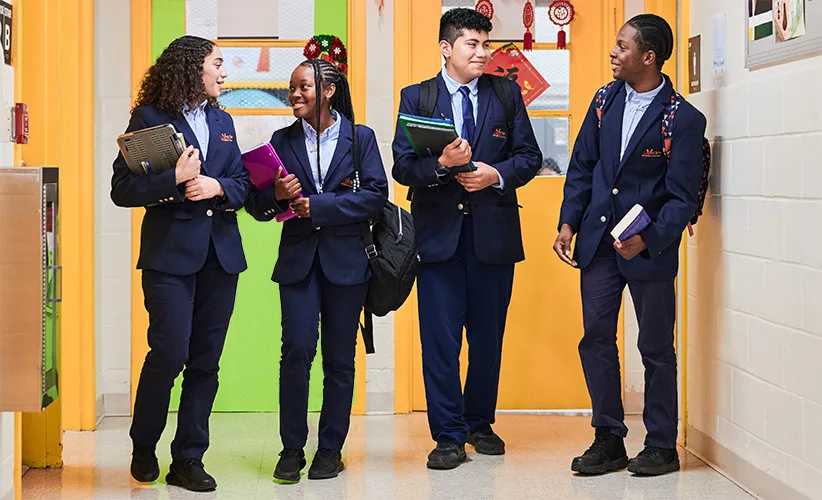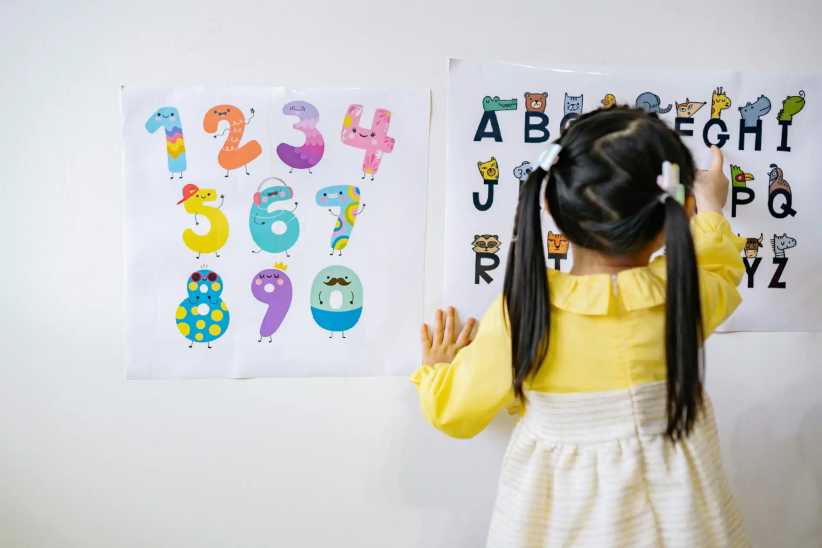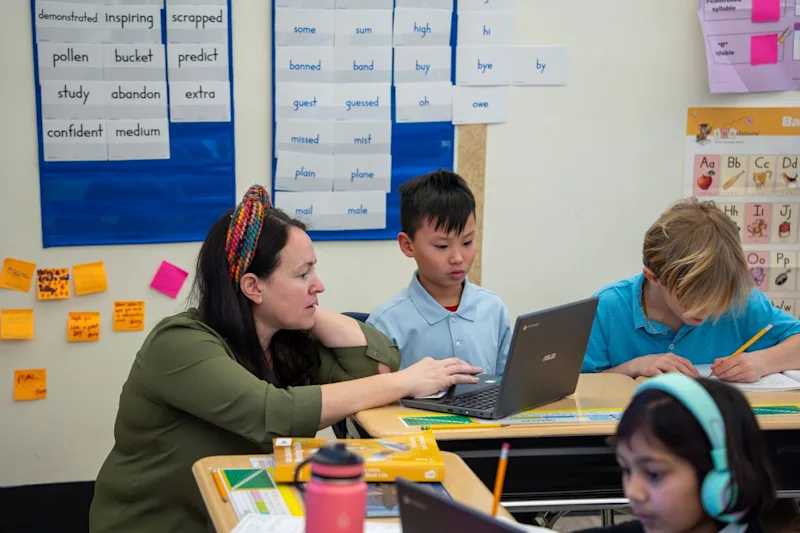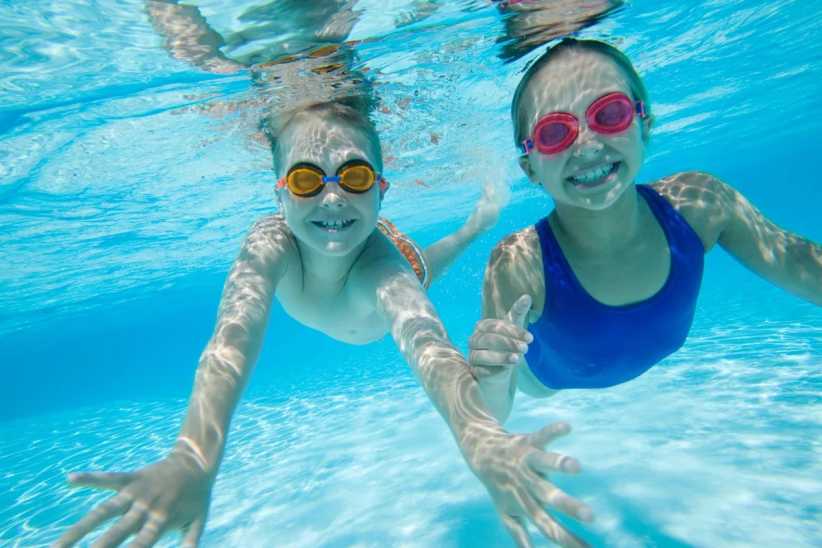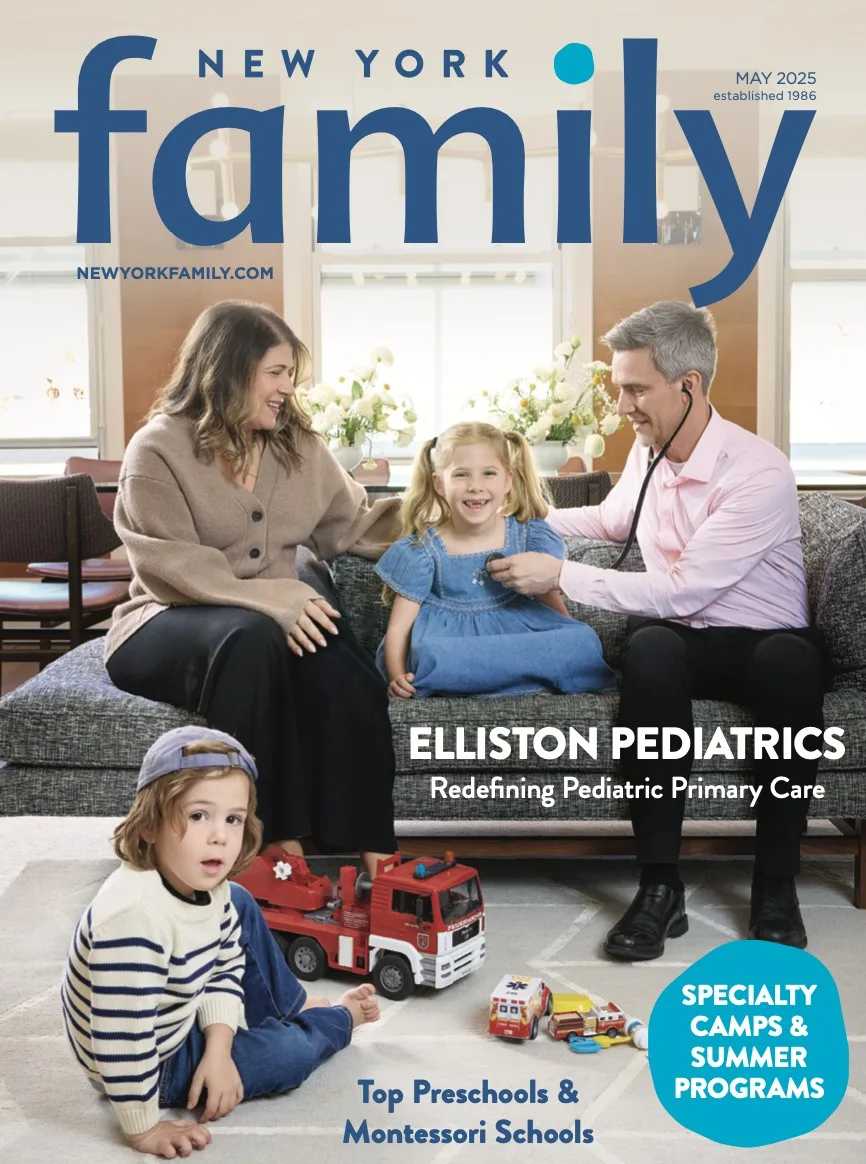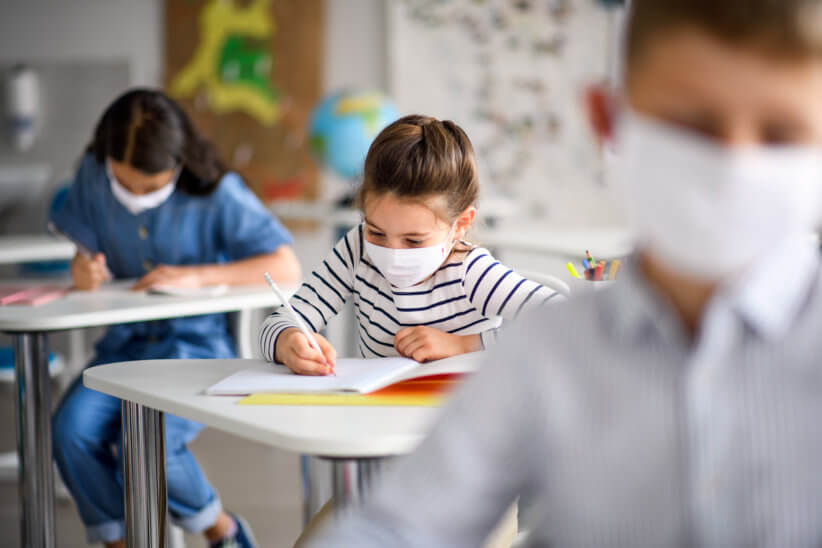
On Friday, Mayor de Blasio is set to give basic guidelines for reopening schools in New York City, yet medical experts themselves are still struggling to come to a consensus on how to execute the school year safely.
As the school year quickly approaches, families are having to face the difficult decision of whether or not to send loved ones back to the classroom. We don’t want you to have to deal with this uncertain time alone. In an effort to help you make the best decision for your family, we’ve collected the opinions of community leaders and experts in various scientific fields on what going back to school this fall is going to look like.
To read more on everything that’s probably going through your mind right now, check out “The Kids Can Go Back to School: So What Are You Gonna Do?”
The City’s Dept. of Health Says 25% of Parents Are Hesitant About Their Kids Returning to School in September
Roughly a quarter of families surveyed in New York City are unsure about sending their kids back to school in the fall, and Mayor de Blasio is making an effort to pacify these concerns through social distance strategies. The City’s Dept. of Health surveyed over 400,000 families on their preparedness and needs for the approaching school year, and while about 75% of families said they feel ready to send their kids back to school in the fall, a heavy 25% are hesitant to take the risk. And it is a risk. According to a New York Times article, Lauren Ancel Meyers, a professor of biology and statistics at the University of Texas, Austin, says that “the risk of reopening will depend on how well schools contain transmission, with masks, for instance, or limiting occupancy.” Overcrowding has been an issue in schools in the past, but de Blasio says he’s working to make sure this won’t be an issue, especially now. His possible reopening guidelines could make it so that not all students return to school at the same time, or schedule in-person learning on specific days.
Opening Schools Is the Road to Recovery, According to de Blasio…
De Blasio says that the “single biggest piece” of the city’s recovery from the pandemic is reopening schools. The City has over 1.1 million students, making it the largest school district in the United States.
Much of the conversation around kids returning to school has turned into a debate within the scientific community, with some experts fearing the possibility that schools could simply become an incubator for the virus. Dr. Joshua Sharfstein, a professor at the Johns Hopkins Bloomberg School of Public Health, says “First you have to control the community spread and then you have to open schools thoughtfully.” The availability of tests is a crucial step when it comes to controlling the spread. As COVID tests are becoming more available to those who are experiencing little to no virus symptoms, we’re seeing more confirmed cases among younger demographics, suggesting that younger people exhibit little to no symptoms of the virus when they have it. For this reason, it wasn’t shocking for many doctors to learn that the cases among children are higher than originally believed.
The American Academy of Pediatrics Says it’s OK….Under a Few Conditions
Governor Andrew Cuomo has famously said he won’t use New York’s kids as “guinea pigs” for collecting COVID data, but May’s Journal of Pediatrics argues that “schools need to reopen, and we need to study what happens in the schools very, very carefully.”
With proper safety precautions like the enforcement of masks at schools, strict adherence to limited classroom sizes, socially distancing 3 ft. or more, and staggered pick-up and drop-off times for parents, the American Academy of Pediatrics (AAP) says it could be safe for schools to reopen. The AAP doesn’t necessarily expect schools with larger student populations to perform temperature screening, warning that this could take away from crucial teaching time. They advise that parents take their child’s temperature at home.
The latest evidence from the AAP shows that children under the age of 12 who are infected at the same rates as the adults around them are actually less likely to spread the virus. The AAP is citing this information to argue for their support of schools reopening in the fall. They worry that students will soon suffer the negative social and mental effects of long periods away from school, stating that “Lengthy time away from school and associated interruption of supportive services often results in social isolation, making it difficult for schools to identify and address important learning deficits as well as child and adolescent physical or sexual abuse, substance use, depression, and suicidal ideation.”
The World Health Organization: “This Is Like Playing Whack-a-Mole”
The World Health Organization (WHO) says that reopening schools safely begins with suppressing the virus. According to Dr. Mike Ryan, the executive director of the WHO, we should only be reopening schools with “low community transmission.” Low community transmission is, according to CNBC, “when people are infected through someone in their community rather than through travel.” Ryan sees reopening schools as a problem to be dealt with alongside the reopening of all other facilities that are closed right now. He says “We can’t move from, let’s deal with schools and then we all deal with that for a week or two and then let’s deal with the workplace, or then let’s deal with infection in hospitals or long-term care facilities. This is playing whack-a-mole.”
The WHO has asked countries to weigh the pros and cons of opening schools in the upcoming months, encouraging leaders to consider the following: COVID-19 trends, the effectiveness of remote learning strategies, and the impact on vulnerable and marginalized populations.
The Center for Disease Control: School Is So Much More than Academics
The Center for Disease Control (CDC) is stressing the importance of children returning to school as soon as possible, despite the virus, citing low death-rates among school-aged children and low likelihood of children experiencing severe COVID symptoms. The CDC argues that school provides kids with more than an academic education. They highlight the gaining of social skills and emotional development that occur at school, along with regular exercise and reliable nutritious meals.
The CDC writes: “Reopening schools creates opportunity to invest in the education, well-being, and future of one of America’s greatest assets—our children—while taking every precaution to protect students, teachers, staff and all their families.”
